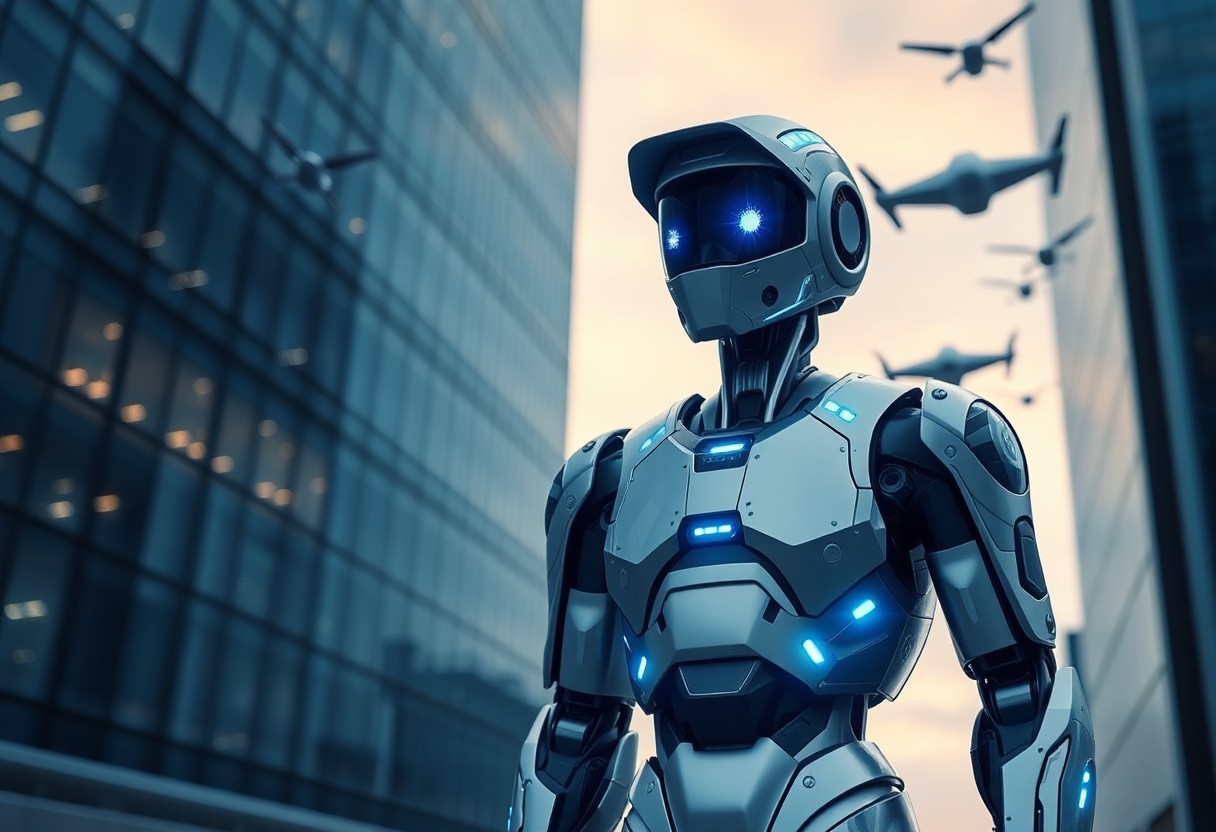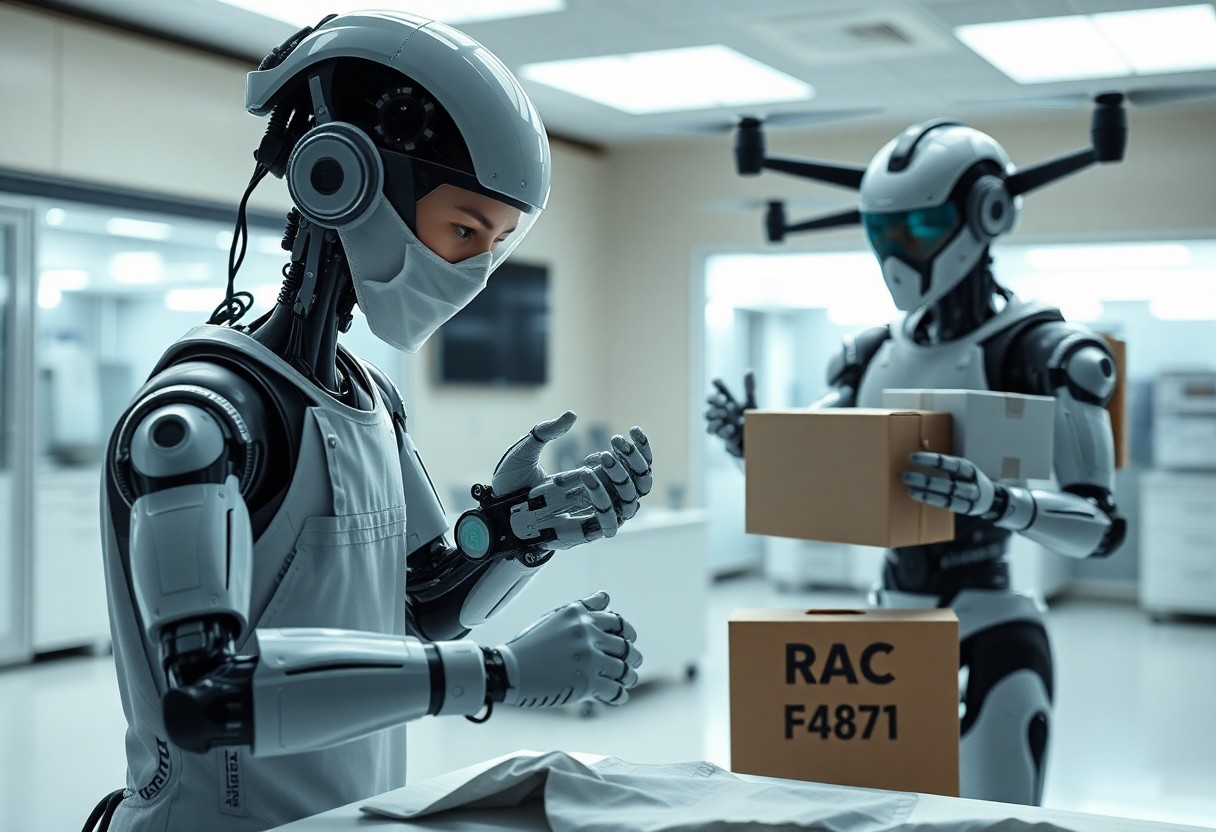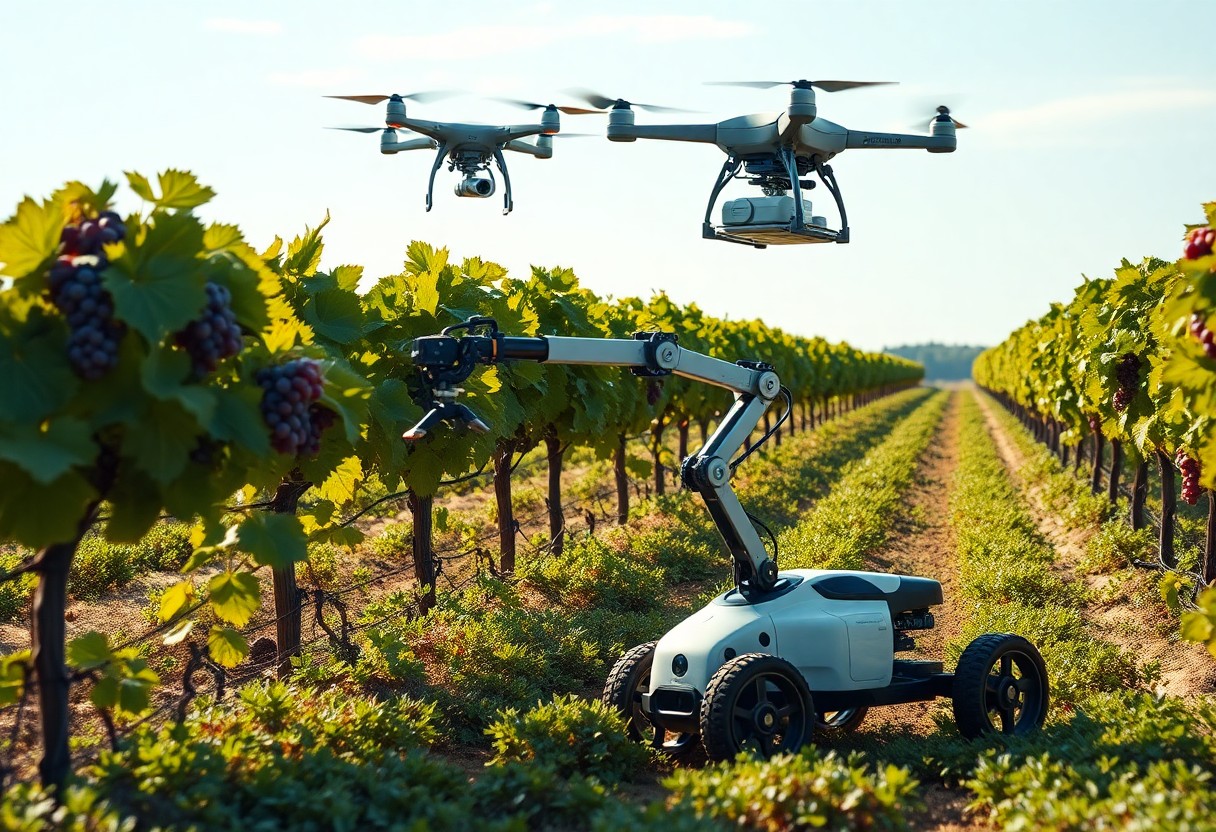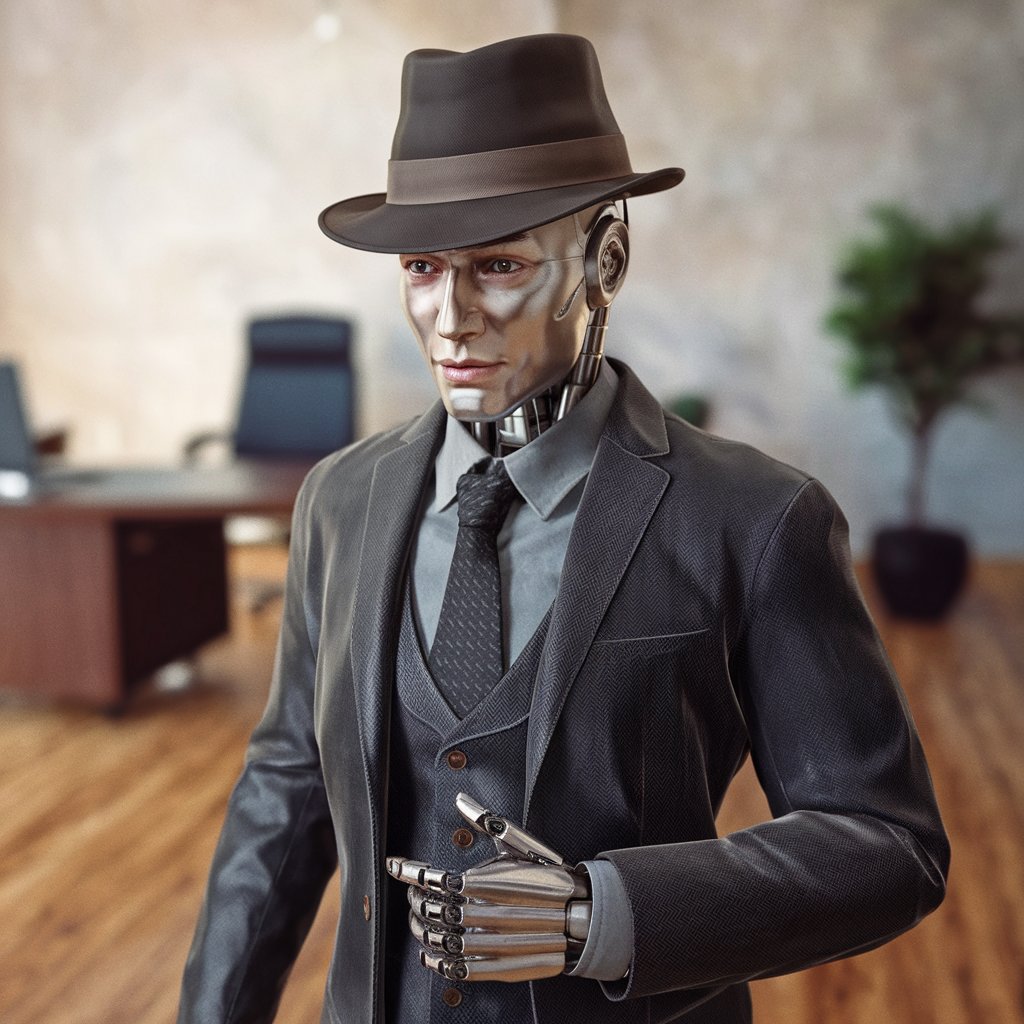Most people are increasingly concerned about safety and security in their homes and businesses. In this era of technological advancements, security robots have emerged as innovative solutions, transforming traditional safeguarding methods. These robotic watchdogs, equipped with advanced sensors and artificial intelligence, provide round-the-clock surveillance and rapid response capabilities. You’ll explore how these machines not only enhance security but also bring peace of mind by enabling you to monitor your surroundings from anywhere, all while efficiently patrolling designated areas.
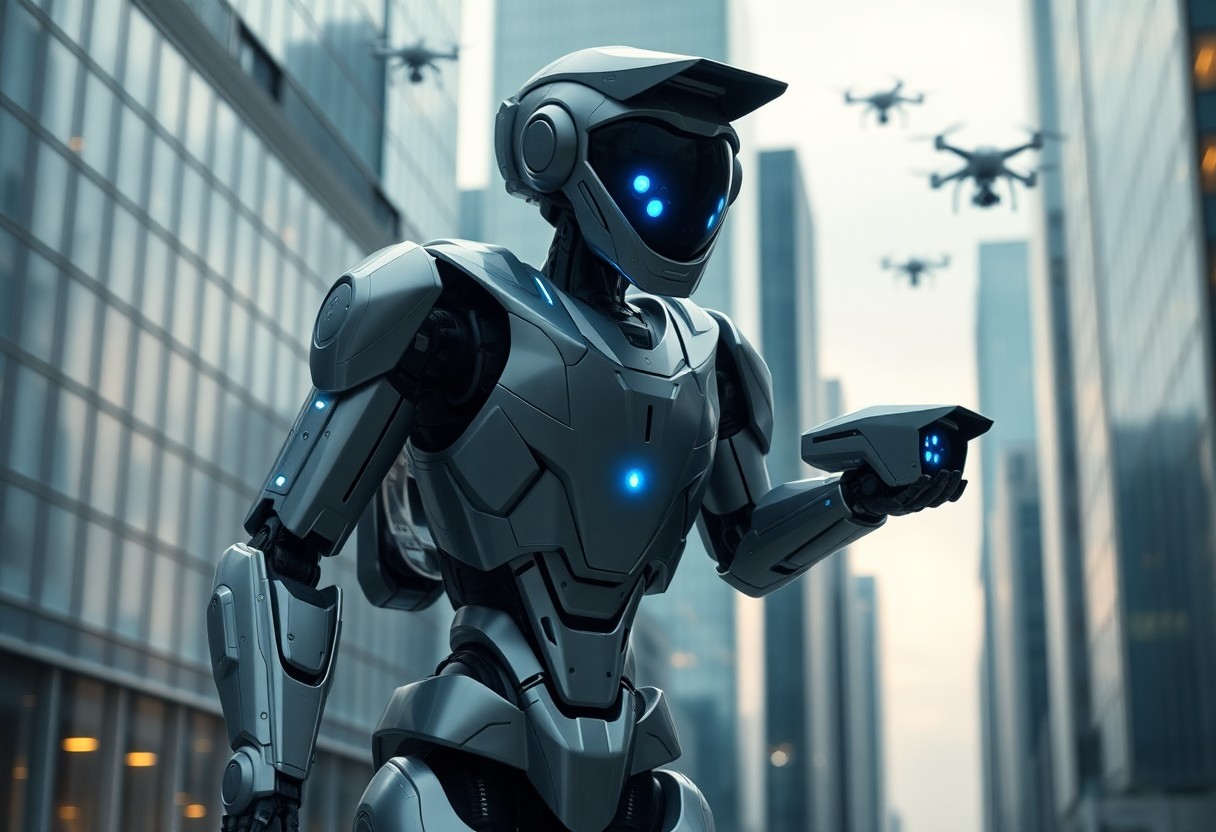
The Evolution of Surveillance Technology
Over the years, surveillance technology has undergone remarkable transformations, shifting from static cameras to advanced robotic systems capable of real-time monitoring and analysis. Early security measures relied heavily on human oversight, which often led to vulnerabilities. The introduction of closed-circuit television (CCTV) systems in the 20th century marked a significant leap, empowering organizations to record and review activities with greater efficiency. Fast forward to the 21st century, and the integration of smart sensors and internet connectivity has heralded a new era, marrying robotics and technology for unparalleled security solutions.
Milestones in Security Robotics
Key milestones have defined the journey of security robotics, beginning with the invention of automated guard robots in the late 1990s. These early models focused primarily on patrolling designated areas with basic obstacle detection. In the 2010s, robots evolved significantly, incorporating advanced mobility, scalable designs, and enhanced surveillance capabilities. For instance, the introduction of K5 by Knightscope in 2015 offered both physical security and data collection in a sleek package, ultimately changing how businesses approached site safety and crime prevention.
Integration of AI and Machine Learning
The advent of artificial intelligence and machine learning has fundamentally altered how security robots operate. Your automated patrols can now analyze vast amounts of data in real-time, recognizing patterns and anomalies that a human observer might miss. Employing algorithms, modern security robots can learn from their environment, adapting their responses based on historical incidents, such as identifying repeat offenders in a specific location or optimizing their routes for maximum efficiency.
By leveraging AI, robots don’t just react to situations but anticipate potential threats, delivering predictive insights that help manage security proactively. For example, a security robot equipped with machine learning capabilities might analyze footage to distinguish between usual pedestrian traffic and suspicious behavior, alerting human operators only when necessary. This smart approach enables you to use resources more effectively, deploying personnel where they are truly needed and reducing response times significantly. The synergy between robotics and AI not only enhances security effectiveness but also transforms operational efficiency, making your security measures both smarter and more cost-effective.
The Mechanics Behind Mobile Watchdogs
The true essence of security robots lies in their sophisticated mechanics, which blend advanced technology with practical functionality. The integration of various systems forms an intricate network that allows these machines to operate efficiently in diverse environments. From perception capabilities to mobility design, every aspect is meticulously crafted to ensure optimal surveillance performance.
Sensors and Perception Systems
Equipped with a multitude of sensors, security robots offer superior situational awareness. They employ high-definition cameras, thermal imaging, and LiDAR technology to detect movement, identify obstacles, and analyze their surroundings in real-time. This multi-sensory approach results in enhanced perception and precision, enabling your mobile watchdog to respond swiftly to any potential threats.
Mobility and Navigation Innovations
Recent advancements in robotics have revolutionized mobility and navigation, allowing security robots to traverse complex terrains with ease. The incorporation of algorithms and artificial intelligence enhances their pathfinding capabilities, ensuring efficient routing even in crowded or unpredictable environments.
Incorporating technologies like omnidirectional wheels and advanced gyroscopic stabilizers allows security robots to maneuver through obstacles seamlessly. For instance, some models feature self-adjusting gimbals that help maintain stability even on uneven surfaces, while sophisticated software algorithms calculate optimal paths to navigate around detected hazards. This level of mobility ensures that your watchdog remains highly effective, regardless of its surroundings, whether patrolling a crowded shopping mall or traversing a rugged outdoor landscape. You can trust these innovations will keep your premises secure, offering relentless vigilance day and night.
Real-World Applications: Beyond Traditional Security
Security robots have transcended their initial role, finding their way into various fields that require vigilance and automation. Their versatility is evident in environments where observation, surveillance, and even interaction are key. From bustling urban landscapes to remote infrastructures, these robotic sentinels serve multiple purposes beyond traditional security, including crowd management and safety monitoring in public spaces.
Military and Law Enforcement Uses
In military and law enforcement applications, security robots play a pivotal role in reconnaissance and threat assessment. Equipped with advanced sensors, drones can monitor suspicious activities from the sky, delivering real-time intelligence without risking personnel in potential danger zones. The use of robotic bomb disposal units further exemplifies this trend, ensuring safety while defusing explosives in high-risk areas.
Commercial and Residential Deployments
In commercial and residential settings, security robots enhance safety protocols and optimize monitoring efficiency. Businesses deploy robots to patrol perimeters and inside premises, utilizing facial recognition systems to identify unauthorized individuals. For homeowners, smart robotic guards offer an added layer of protection by integrating with home security systems and providing live feeds of premises.
Particularly in commercial spaces like retail stores and office buildings, deploying security robots has shown promising results. For instance, large retailers like Walmart have introduced autonomous floor cleaning robots that can also monitor for suspicious behavior while maintaining the cleanliness of the environment. Additionally, residential communities are increasingly opting for robots as a part of their security measures. These robots can perform regular patrols and alert homeowners of unusual activities, providing peace of mind while ensuring that neighborhoods remain safe and secure.
Ethical Considerations of Robotic Surveillance
The integration of security robots into our daily lives raises important ethical considerations that cannot be overlooked. As these machines gather vast amounts of data, the potential for misuse or abuse becomes a pressing concern. The balance between ensuring safety and respecting individual rights must be navigated carefully, prompting stakeholders to engage in ongoing discussions about the moral implications of robotic surveillance in public and private spaces.
Privacy Concerns and Regulatory Landscape
With security robots constantly monitoring their environments, privacy issues surface quickly. Citizens often find themselves unsure about how much of their activities are being captured and analyzed. Current regulations surrounding surveillance technology are evolving, as lawmakers grapple with the need to protect personal freedoms while accommodating the increasing presence of robotic informants. You may find this landscape inconsistent, as different regions develop diverse legal frameworks, reflecting local values and concerns.
The Debate: Security vs. Civil Liberties
The ongoing debate about security versus civil liberties profoundly impacts how societies adopt security robots. Advocates argue that enhanced surveillance can deter crime and provide a safer environment, while opponents warn that such technology can infringe upon personal freedoms, leading to a potential “Big Brother” scenario where citizens are constantly watched. This tension continues to foster heated discussions about where to draw the line between ensuring public safety and safeguarding individual rights in a rapidly changing technological landscape.
This debate is underscored by incidents of surveillance misuse, like the controversies surrounding unauthorized data sharing by municipalities that have implemented security robots in public areas. Cases of wrongful arrests based on surveillance footage or deployment in sensitive spaces—like schools or protests—have sparked outrage among civil rights organizations. Balancing the perspectives of security enhancement and the preservation of civil liberties remains a challenge as society leans more towards automated solutions to age-old problems. Engaging in this conversation is important to ensure technology serves humanity without compromising fundamental freedoms.
The Future of Security Robots: Predictions and Innovations
As technology continues to advance, the future of security robots promises even more sophisticated capabilities. Experts anticipate the incorporation of artificial intelligence and machine learning, enabling robots to learn from experiences and predict security threats proactively. Enhanced connectivity through the Internet of Things (IoT) will facilitate seamless communication among various security devices, creating a cohesive and intelligent security ecosystem. Additionally, advancements in battery life and mobility will make these robots more autonomous and efficient in patrolling vast areas.
Trends in Design and Functionality
Modern security robots are evolving into more agile, multifunctional units designed to meet specific security needs. You can expect sleek, compact designs capable of navigating complex environments, equipped with high-definition cameras, thermal sensors, and even facial recognition technology. Some innovations include drones that provide aerial surveillance and ground robots that can engage with potential threats, ensuring a comprehensive approach to security. These advancements not only improve functionality but also enhance user interaction with intuitive control systems.
Potential Impacts on Workforce and Society
The integration of security robots can significantly alter workforce dynamics and societal norms. While these robots enhance security operations, they also pose questions about job displacement for traditional security personnel. However, rather than outright replacement, a shift towards collaboration can occur, with robots taking on routine monitoring tasks, allowing human security officers to focus on critical decision-making and interpersonal interactions. This partnership can lead to more effective security measures.
You might notice a profound transformation in the security landscape as robots become a standard fixture at malls, airports, and even residential areas. Though there are valid concerns about job loss in certain sectors, studies indicate that automation can create new roles in tech management and robot maintenance. Additionally, you’ll find that enhanced security fosters a safer environment, potentially reducing crime rates and improving community trust. Embracing this technology, rather than resisting it, can lead to a more efficient and effective security framework, blending human intuition with machine reliability.
Final Words
Hence, as you explore the role of security robots in modern surveillance, it’s clear that these innovations serve as efficient watchdogs equipped to enhance your safety. By integrating advanced sensors and automation, they provide a robust layer of protection, adaptively responding to your environment’s needs. Understanding the capabilities of these steel guardians helps you better appreciate how they can safeguard your premises and streamline security operations, ultimately contributing to a safer and more responsive environment for you and those around you.

